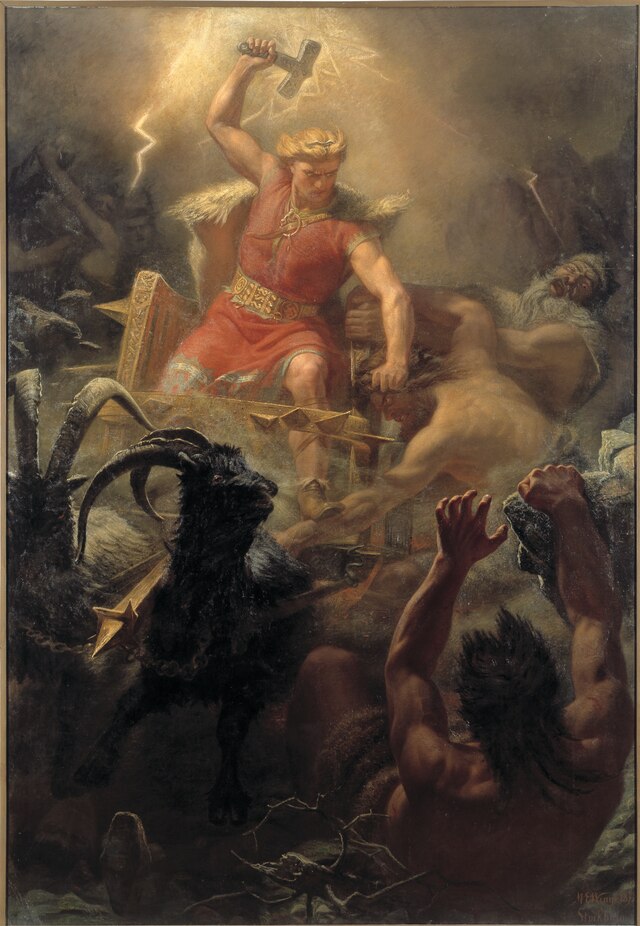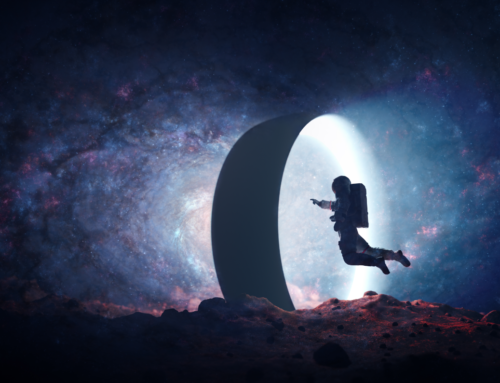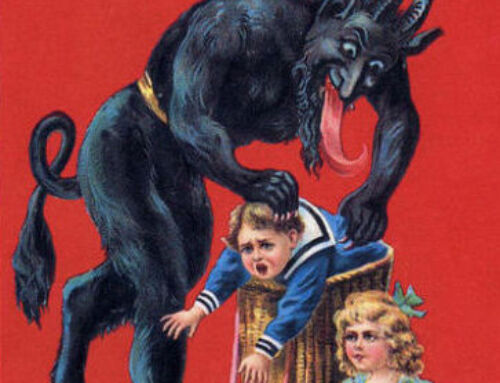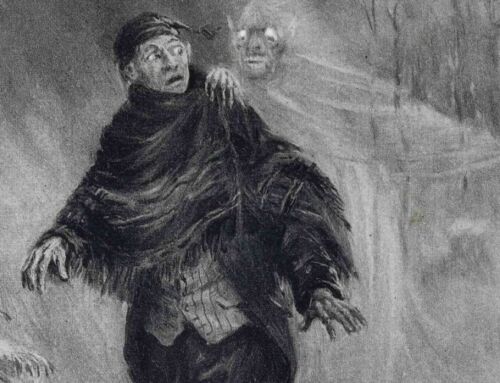A Concise Introduction to Nordic Mythology

Thor’s Fight with the Giants (Mårten_Winge)
Nordic mythology, also known as Norse mythology, encompasses the myths of the Germanic peoples, particularly those from the Scandinavian regions. The mythology is rooted in the pre-Christian beliefs of the Norse people, with its tales and deities forming a complex and interconnected narrative.
For those interested to know more below is a concise introduction to the history of Nordic Mythology:
- Ancient Origins (Pre-1st Millennium CE): Nordic mythology evolved from the early beliefs of Germanic tribes, with influences from earlier Indo-European traditions. These early myths were orally transmitted and centered around nature, warriors, and cosmic forces.
- Viking Age (8th–11th centuries): The Viking Age marked the peak of Norse expansion, and during this time, Norse mythology flourished. Key sources include the Poetic Edda and Prose Edda, written in the 13th century but preserving earlier material. These texts describe the pantheon of gods, including Odin, Thor, Loki, and Freyja, and narrate their adventures and interactions with other beings.
- Creation and Apocalypse: Central to Norse mythology is the cosmogony that explains the creation of the world (Ginnungagap) and its eventual destruction in Ragnarök, a prophesied apocalyptic event where major deities and forces battle, leading to a cycle of renewal.
- Gods and Beings: The pantheon includes major deities like Odin, the Allfather; Thor, the god of thunder; and Freyja, the goddess of love and fertility. Loki, a cunning shape-shifter, plays a pivotal role as both ally and antagonist to the gods.
- Valkyries and Afterlife: Valkyries, warrior maidens, choose those who may die and those who may live in battles. The chosen warriors go to Valhalla, Odin’s hall, while others may end up in Hel or other realms associated with the afterlife.
- Christianization (From 11th century): With the gradual Christianization of Scandinavia, Norse mythology faced suppression. Many aspects of the old beliefs persisted in folklore and sagas but lost their central religious significance.
- Rediscovery and Influence: In the 19th century, interest in Nordic mythology experienced a revival, partly fueled by a romanticized view of the past. The works of scholars like Snorri Sturluson gained attention, and Norse mythology influenced literature, art, and popular culture, including contemporary adaptations in movies and literature.
Nordic mythology continues to captivate modern audiences, leaving a lasting legacy in the cultural and literary heritage of the Scandinavian countries and beyond.
The above, of course, is a very concise introduction to Nordic Mythology, but if you wish to learn more the books below are recommend.





Leave A Comment